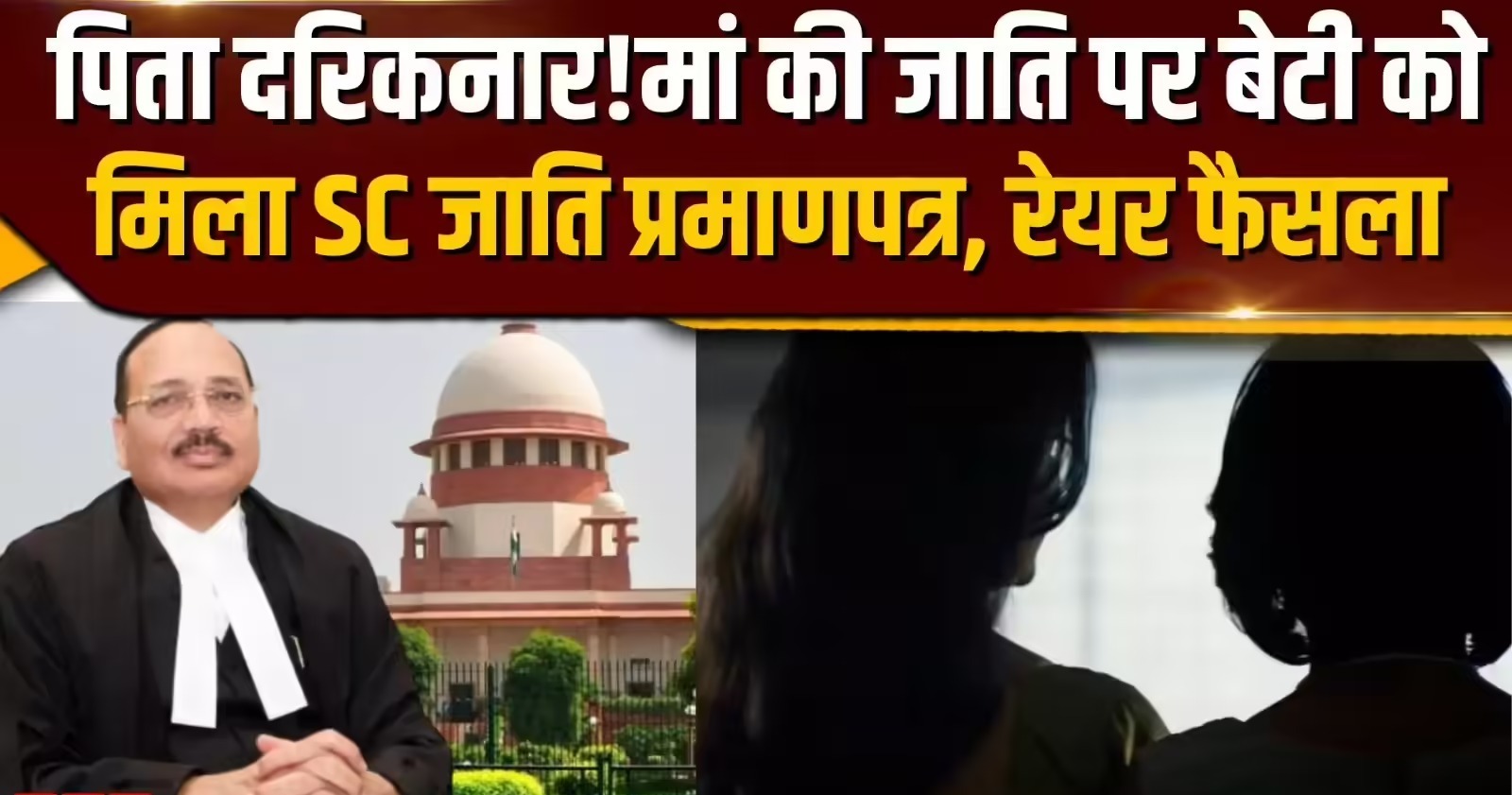@JUDGMENTTAG-ORDER
K.K. Sasidharan, J.@mdashThe petitioner challenges the order dated 23.12.1999 on the file of the first respondent confirming the order passed by the second respondent dated 2.2.1999 whereby and where under they were directed to pay penal charges for unauthorised use of electricity more than the sanctioned load.
FACTUAL BACKGROUND:
2. The petitioner is a Textile Mill and holder of service connection bearing S.C. No. 401 with a sanctioned load of 110 H.P. The usage of the petitioner at all point of time was below the sanctioned limit. There was some misunderstanding between the petitioner and the fourth respondent with respect to the application submitted for sanctioning an additional load of 39 H.P as per application dated 24.8.1998. The fourth respondent has been dragging them from pillar to post so as to compel them to come to his terms.
3. While so, on 22 October, 1998 the Anti Power Theft Squad inspected the premises and it was alleged that the petitioner was indulged in usage of unauthorised load of 23.3 H.P and the capacitor was not connected to the electric circuit. In accordance with the report submitted by the inspection team the fourth respondent issued a show cause notice on 10 December, 1998 alleging that there was unauthorised load of 23.3 H.P in respect of the service connection of the petitioner and an enquiry was contemplated. The petitioner submitted his explanation wherein they have denied the entire allegations. As per proceedings dated 9.12.1998, the fourth respondent directed the petitioner to pay a sum of Rs. 25,713/- on account of non connection of capacitor.
4. Subsequently a show cause notice was issued by the second respondent and an enquiry was conducted in respect of the violations pointed out by the inspection team. After such enquiry, the second respondent passed an order of assessment on 2.2.1999 directing the petitioner to pay a sum of Rs. 1,48,391/- in ten monthly instalments. The said order was challenged before the first respondent by way of a statutory appeal. However the first respondent dismissed the appeal as per order dated 23.12.1999. Aggrieved by the said order, the assessee is before this Court.
SUBMISSIONS:
5. Learned Counsel for the petitioner contended that the appellate order does not contain any reason much less justifiable reason to sustain the order passed by the second respondent. According to the learned Counsel the provisions of the supply code was clearly violated and the respondents have not followed the procedure to be adopted before determining the alleged loss. The learned Counsel further contended that it was mandatory on the part of the Anti Power Theft Squad to test the strength of the motor with the help of a tong tester and only in the event of such a test, it would reveal as to whether there was any violation at the instance of the petitioner.
6. Learned Counsel for the respondents justified the order passed by the statutory authorities. According to the learned Counsel the proceedings clearly shows the violation committed by the petitioner and as such it cannot be said that the authorities were not justified in imposing penalty as found in the impugned order.
ANALYSIS:
7. The order impugned in this writ petition pertains to the appellate proceedings on the file of the first respondent. The order of assessment was passed by the second respondent. The petitioner has, in their explanation, pointed out certain factors which according to them would show that they were not indulged in the act alleged against them. The petitioner has also pointed out that the prescribed test was not conducted by the Anti Power Theft Squad and as such the very show cause notice issued by the second respondent was not on the basis of materials. The second respondent conducted a statutory enquiry and found that there was no basis in the contention raised by the petitioner and accordingly the order of assessment was passed on 2.2.1999.
8. The order of assessment was challenged before the first respondent. The appeal remedy was provided in the terms and conditions of Supply of Electricity. The Officers authorised to inspect the service connection, issue of show cause notice, passing assessment orders and to function as appellate authority were all provided in the terms and conditions. The manner of disposal of the appeal was also indicated.
9. Clause 12.01 provides the manner of disposal of appeal, which reads thus:
The appellate authority will dispose of the appeal (confirm, modify or set aside the assessment) after considering the memorandum of appeal and the material placed before him by the appellant and other materials pertaining to the enquiry. The appellate authority will furnish the reasons leading to the conclusion arrived at by him. It shall not be obligatory for the appellate authority to give a personal hearing; but if a request is made for such hearing by the appellant, the appellate authority will grant personal hearing to the appellant. The appellant may be represented by an Advocate or any other person at such hearing, provided that the appellant files proper vakalath or power of attorney, a the case may be.
10. Therefore the appellate authority was obliged to consider the contentions raised in the appeal and the materials placed before him in support of such contentions before passing the order. The said provision further mandates that the appellate authority has to furnish reasons leading to the conclusion arrived at by him. The said provision is clearly an indication of the fact that the appellate authority has to deal with the points raised by the appellant in the order and there should be reasons in support of the finding.
11. The impugned order passed by the first respondent dated 23.12.1999 contains no reasons much less minimum reasons as indicated in Clause 12.1 of the terms and conditions. The appellate authority simply narrated the background of the case and confirmed the order passed by the second respondent without application of mind. When the petitioner has made valid objections against the proceedings, the appellate authority was bound to consider those objections and should arrive at a factual finding. Since the appeal before the first respondent was a statutory appeal, the entire matter was at large before him. His order should indicate reasons which made him to concur with the views expressed by the original authority. The first respondent was not expected to deal with the appeal in a mechanical manner and to confirm the order without expressing his mind or the reasons which actually weighed with him to take the decision.
THE CONCEPT OF REASON:
12. Right to reason is a basic right of a litigant. The proceedings before the Administrative Authorities are not an exception to the said principle. The authorities exercising statutory functions are expected to consider the factual matrix in the light of the statutory provisions governing the subject and arrived at a decision on merits. The findings so recorded must be supplemented by reasons. The parties are expected to know the reasons for passing the order one way or the other. Reasons would minimise the tendency of passing orders in an arbitrary manner. The parties to the list in turn would be able to challenge the order by demonstrating that those reasons were per se incorrect or insufficient to come to a particular finding. The task of the appellate or revisional authorities would also be reduced considerably, in case of expressing reasons in the order of the original authorities. Therefore providing reasons would help all concerned.
LEGAL POSITION:
13. The Supreme Court in Goyal Enterprises v. State of Jharkhand (2008) 13 SCC 570 at page 571 indicated that even in respect of administrative orders reasons should be furnished. The following paragraph would make the legal position clear.
8. Even in respect of administrative orders, Lord Denning, M.R. in Breen v. Amalgamated Engg. Union observed (All ER p. 1154h): ''The giving of reasons is one of the fundamentals of good administration.'' In Alexander Machinery (Dudley) Ltd. v. Crabtree it was observed:
''Failure to give reasons amounts to denial of justice. Reasons are live links between the mind of the decision-taker to the controversy in question and the decision or conclusion arrived at.''
Reasons substitute subjectivity by objectivity. The emphasis on recording reasons is that if the decision reveals the ''inscrutable face of the sphinx'', it can, by its silence, render it virtually impossible for the courts to perform their appellate function or exercise the power of judicial review in adjudging the validity of the decision. Right to reason is an indispensable part of a sound judicial system; reasons at least sufficient to indicate an application of mind to the matter before court. Another rationale is that the affected party can know why the decision has gone against him. One of the salutary requirements of natural justice is spelling out reasons for the order made; in other words, a speaking-out. The ''inscrutable face of the sphinx'' is ordinarily incongruous with a judicial or quasi-judicial performance.
14. In
The purpose of disclosure of reasons, as held by a Constitutional Bench of this Court in S.N. Mukherjee v. Union of India is that people must have confidence in the judicial or quasi-judicial authorities. Unless reasons are disclosed, how can a person know whether the authority has applied its mind or not? Also, giving of reasons minimises the chances of arbitrariness. Hence, it is an essential requirement of the rule of law that some reasons, at least in brief, must be disclosed in a judicial or quasi-judicial order, even if it is an order of affirmation.
15. In Secretary, Agricultural Produce Market Committee, Bailhongal v. Quasami Janab Ajmatalla Salamulla and Anr. 2009(12) SCALE 564 the issue before the Supreme Court was regarding determination of compensation on account of compulsory acquisition. The High Court disposed of the first appeal reducing the compensation without any reason. In such factual scenario, the Supreme Court observed thus:
5.We are conscious of the high pendency and work load on the High Courts. Some learned Judges, in their effort to speed up disposals and reduce pendency, tend to write cryptic and short orders. While expedition and brevity is to be encouraged and appreciated, the importance of reasons in support of the decision cannot be ignored. If judgments in first appeals are written without reference to facts (where decision is on facts) or without assigning any justifiable reason/s for the decision, they will be open to legitimate criticism. The litigants will be puzzled by the lack of reasoning and will lose faith in the institution. Further any appellate court will not be able to fathom whether the judgment is correct or not. Courts, whose judgment are subject to appeal have to remember that the function of a reasoned judgment are :(i) to inform the litigant the reasons for the decision; (ii)to demonstrate fairness and correctness of the decision; (iii)to exclude arbitrariness and bias; and (iv)to enable the appellate/revisional court to pronounce upon the correctness of the decision. Be that as it may.
16. The issue as to whether the proceedings initiated against the petitioner was on the basis of materials, was very much before the first respondent. The said authority being the statutory authority empowered to hear the first appeal was expected to consider the contentions raised by the petitioner point by point and was obliged to give independent findings with reasons. Unfortunately no such attempt was made by the first respondent. Therefore I am of the view that the matter requires to be re-considered by the first respondent.
DISPOSAL:
17. In the result, the order dated 23 December,1999 on the file of the first respondent is quashed and the matter is remanded for fresh consideration. The first respondent is directed to give reasonable opportunity to the petitioner and pass a reasoned order dealing with each of those contentions raised by the petitioner in respect of the proceedings initiated by the second respondent.
18. The writ petition is allowed as indicated above. No costs.

